Dioxin is a general name for a large group of chemical compounds with similar structure. These compounds are made up of carbon, oxygen, hydrogen and chlorine atoms. The number of the chlorine atoms and their positions in the dioxin molecule are what determines the toxicity of different dioxins. The most toxic dioxin has four chlorine atoms in positions 2, 3, 7 and 8. This dioxin ( 2, 3, 7, 8-tetrachlorodibenzo-p-dioxin) is often referred to as TCDD or “dioxin”. TCDD is the most studied and the most toxic of the dioxins.
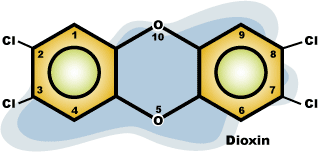 TCDD, 2, 3, 7, 8-tetrachlorodibenzo-p-dioxin
TCDD, 2, 3, 7, 8-tetrachlorodibenzo-p-dioxin
While small amounts of dioxin are produced naturally by forest fires, the primary sources for dioxin in the environment are man-made. In the past, these included metal smelting, and pulp and paper bleaching, and the use of certain herbicides that were contaminated with dioxin during their manufacture. Thanks to government regulations, voluntary changes in industrial practices, and improvements in chemical manufacturing, these are no longer major sources of dioxin in the United States. Today, burning of municipal and/or hospital waste, backyard burning and automobile emissions continue to contribute to the release of low levels of dioxins into the environment.
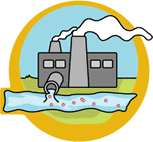 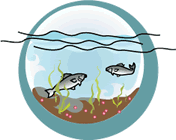 Dioxin is released into the environment and builds up in sediment. |
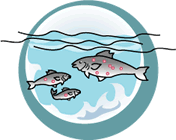 Fish build up dioxin in their fat. |
Because dioxins are resistant to breakdown in the environment and can be stored in fat cells, they concentrate in the food chain once they are released into the environment. At the top of the food chain are humans, and humans consume dioxins primarily from the ingestion of animal fats – in fish, milk and beef. If you took a sample of fat from different people, you would probably find low but detectable levels of dioxin in their fat too.
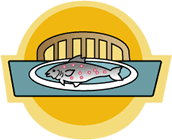 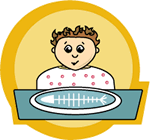 Eating fish from contaminated waters can lead to dioxin exposure in people. |
The Immune System |
 |